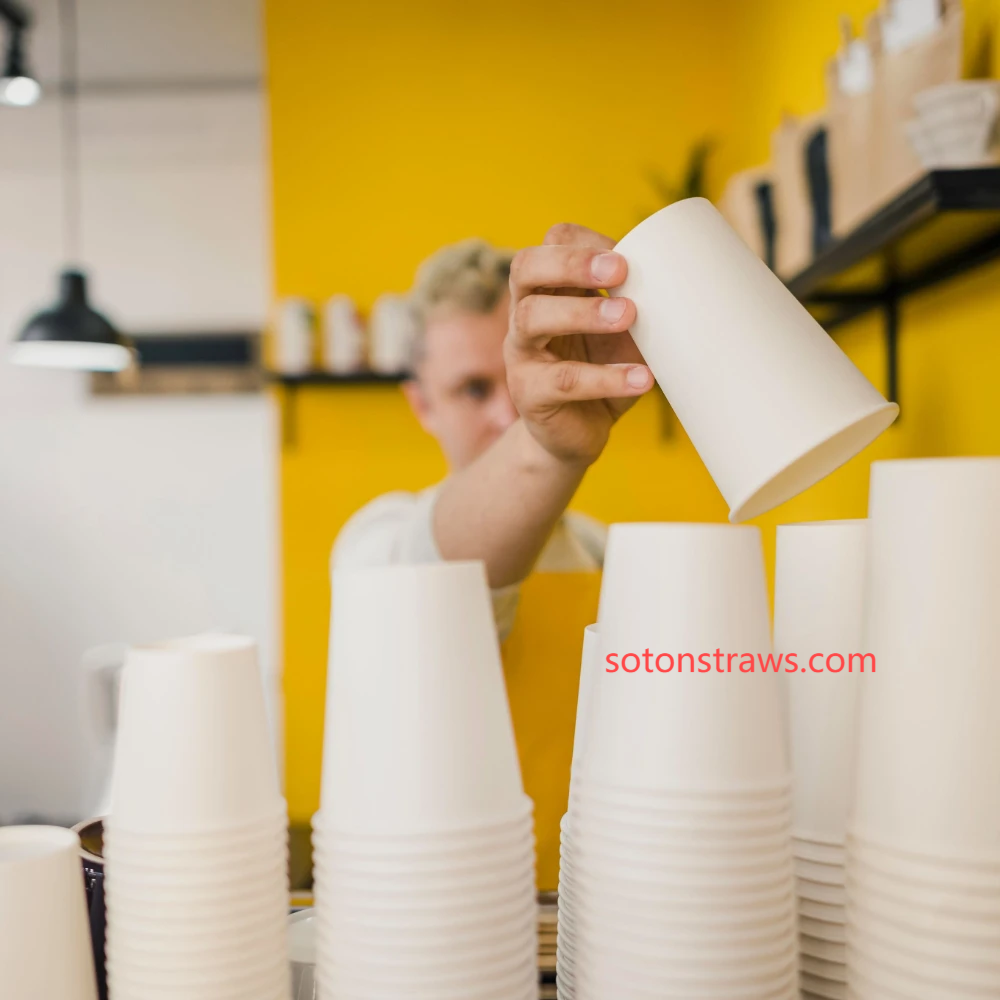The journey of Disposable Paper Cups from convenient commodity to sustainable solution has been more complex than many anticipated. What began as a simple switch from plastic to paper has revealed layers of challenges in materials science, consumer behavior, and waste management. These intersecting factors determine whether paper cups live up to their environmental promise or become another well-intentioned but flawed alternative.
Material durability presents an interesting paradox for Disposable Paper Cups. While consumers expect cups to hold hot liquids without leaking or becoming soggy, the additives that provide this functionality often hinder compostability. Traditional polyethylene linings can take decades to break down, while newer plant-based alternatives may require specific composting conditions that aren't widely available. This leaves manufacturers walking a tightrope between performance and sustainability.
Consumer education plays a critical but often overlooked role. Many people assume all paper-based products are equally eco-friendly, leading to careless disposal habits. Clearer labeling and public awareness campaigns could help bridge this knowledge gap, ensuring cups are disposed of in ways that maximize their environmental benefits.
The industry's most innovative players are rising to these challenges. Some are developing cups with embedded indicators that change color when exposed to composting conditions, providing visual confirmation of proper disposal. Others are pioneering take-back programs that create closed-loop systems for cup recovery and repurposing.
Soton stands at the forefront of this transformation. By viewing Disposable Paper Cups as part of a larger ecosystem rather than standalone products, they've developed solutions that address performance, disposal, and reuse in integrated ways. Their approach demonstrates how thoughtful design can turn single-use items into sustainable system components.click www.sotonstraws.com to reading more information.

